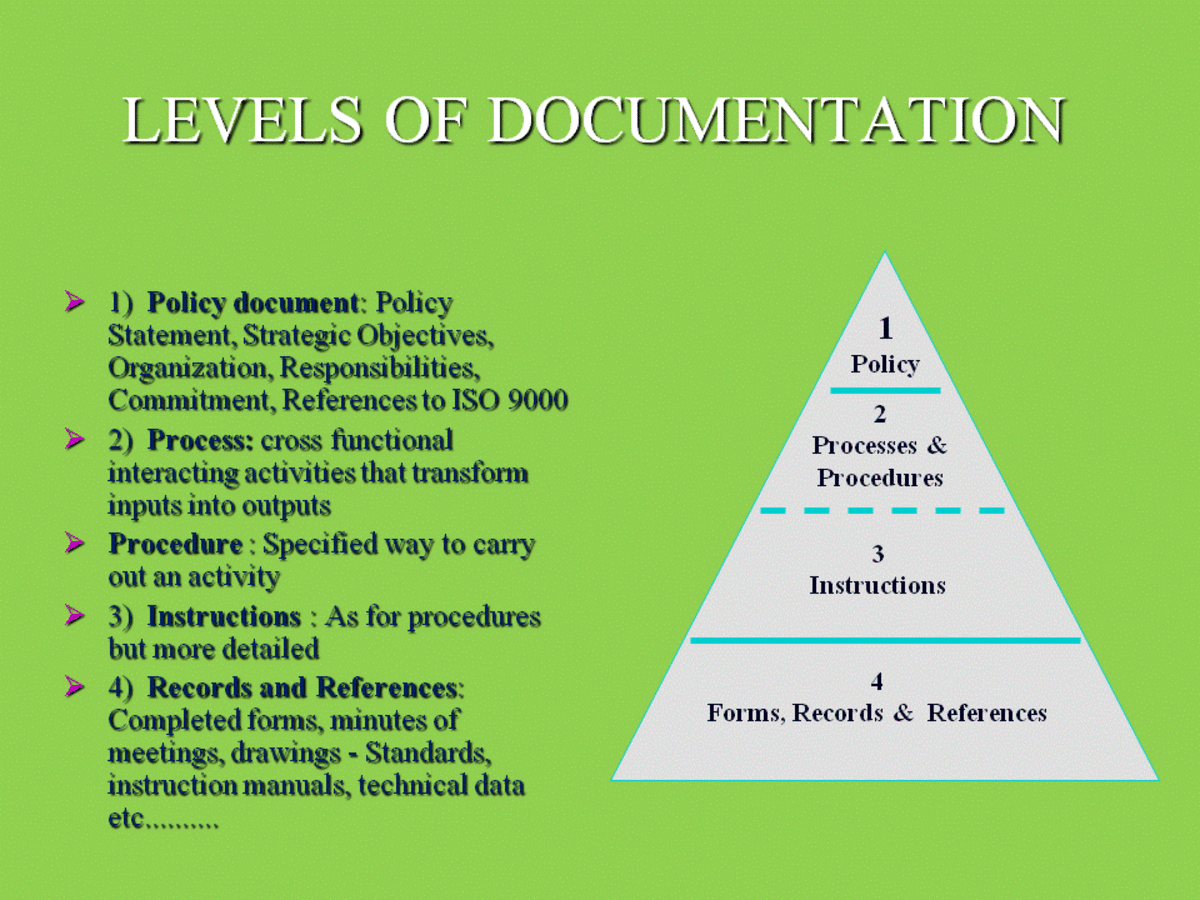Business industries: An overview of the various types
Business enterprises are engaged in buying and selling of goods for a profit. However, despite the common trading activity and profit goal, not all businesses are the same – or even similar.
There are several different types of business industries that can be classified according to economic activity. The three types of business industries are primary, secondary and tertiary.


Primary business industries
These industries extract and collect natural resources, but are sometimes involved in converting them to raw materials for other industries to use.
The main thrust of this type of business industry is the production of raw materials – whether by extraction/collection or manufacturing.
The types of business industries in this category are Energy, Petroleum, Oil and Gas, Renewable Energy, and Utilities (Water and Electricity). This sector also includes mining, fishing, farming and forestry - among others.
Many of the businesses involved in these activities are usually large-scale multinational corporations – some with asset bases higher than the GDPs of some Less Developed Countries.

Secondary business industries
This category includes all industries concerned with the production of consumer goods. The raw materials for production in this sector are the outputs from primary business industries.
This category is very complex and includes businesses involved in heavy, light and high-tech industries.
The main secondary business industries are: Apparel, Textiles and Fashion; Automobiles and Trucks; Biotechnology; Chemicals, Coating and Plastics; Construction; Engineering, Research and Development; Food, Beverages and Tobacco; Pharmaceuticals; and Transportation.

Tertiary business industries
Countries that have diversified and developed economies have a prominent tertiary sector. These businesses are involved with the provision of services for consumers and other firms.
Types of businesses in this class include: Advertising, Branding and Marketing; Airlines, Hotels, Travel and Tourism; Employment agencies; Private Education; Telecommunications; Computers, Internet and e-commerce; Entertainment and Media; Information Technology; Financial Services; Retailing; Sports; and Transportation.
Conclusion
The list of industries is not exhaustive by any means, since each country would have minor variations in labelling the different sectors. In addition, some industries appear to straddle the divide.
For instance, the food industry may include farming (primary), processing and packaging (secondary) and retail (tertiary). The classification of business industries according to economic activity is useful in gauging the economic status of a country.








